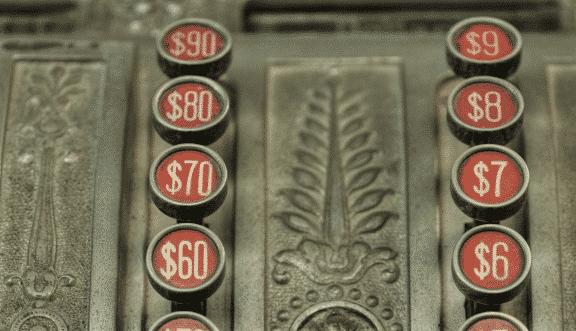Pricing SaaS products presents unique challenges—and opportunities—for product and marketing teams.
In the past few years, I’ve had a hand in setting pricing for several successful SaaS products, including GoToMeeting, GoToMyPC, AppFolio, and ProductPlan. In the next few articles, I’ll review lessons for how to price a product that I’ve learned along the way.
This first article is about what I consider to be the #1 most important element for pricing SaaS products: customer value.
Understanding customer value is essential for pricing all software products, but even more so with SaaS.
Because most SaaS products are priced with a recurring subscription, every month or year your customers reevaluate whether they want to continue subscribing. This makes it even more critical to ensure pricing is in line with the value your customers receive.
Let me define what I mean by “value.” First, a value can be quantitative, such as time saved or additional revenue earned. Measuring this is straightforward, and is the basis of Return on Investment calculations. If your product is B2B SaaS, you are likely already factoring this into your pricing decision.
But here is the tricky part: Value can also be qualitative, such as pain relief or lifestyle benefits your product provides. By thoroughly understanding and documenting this sometimes nebulous qualitative value through customer interviews, you can begin to narrow in on possible pricing models and a price range.
It’s understanding this qualitative value that can help product managers set their product apart from the competition.
I believe that customer value should be the primary consideration for your price and pricing model. Not features. Not what competitors charge. And definitely not your costs.
Pricing SaaS Products: A Case Study
When we were determining pricing for GoToMeeting, I interviewed dozens of potential customers to gain a deep understanding of customer pain and the value they might receive from conducting online meetings with our concept. We discovered:
- Cost and time savings from reduced or eliminated travel (quantitative value)
- Cost savings from switching to our solution versus expensive per-minute pricing of existing solutions (quantitative value)
- Increased usage of online meeting technology because users were no longer tied to per-minute charges (quantitative value)
- Lifestyle benefits from conducting meetings remotely (high qualitative value)
- Reduced frustration by eliminating complicated online meeting solutions (high qualitative value)
By understanding these quantitative and qualitative values, we developed GoToMeeting’s unique $49 “All You Can Meet” flat-rate pricing (an industry-leading innovation at the time).
Pricing and your customers
The pricing model directly relates to the pain and frustration we heard from prospective customers in our interviews – the current solutions were difficult to budget because the per-minute charges varied so widely. The buyer experienced sticker shock every month. Therefore, peace of mind was another qualitative value we could provide customers with our pricing model.
While it’s hard to assign a dollar amount to qualitative values, these are the benefits that ultimately made GoToMeeting a no-brainer for millions of customers.
Because the product was SaaS, we had the flexibility to price our product differently from the competition and create a unique product in the market. In a sense, we made pricing a part of the product. It became a differentiating feature that marketing promoted heavily.
Most product managers already know that finding the right price is more art than science. However, if you thoroughly understand the value of your SaaS product, you can delight customers, provide competitive differentiation and ultimately launch a more profitable product.
In the next articles, I’ll describe other lessons for pricing SaaS products including how to develop unique pricing models and several tips for setting the right price.




